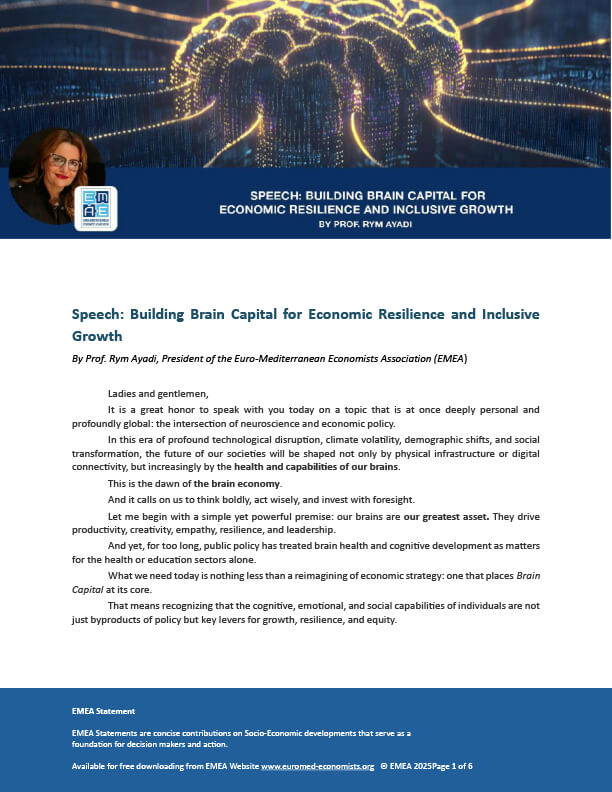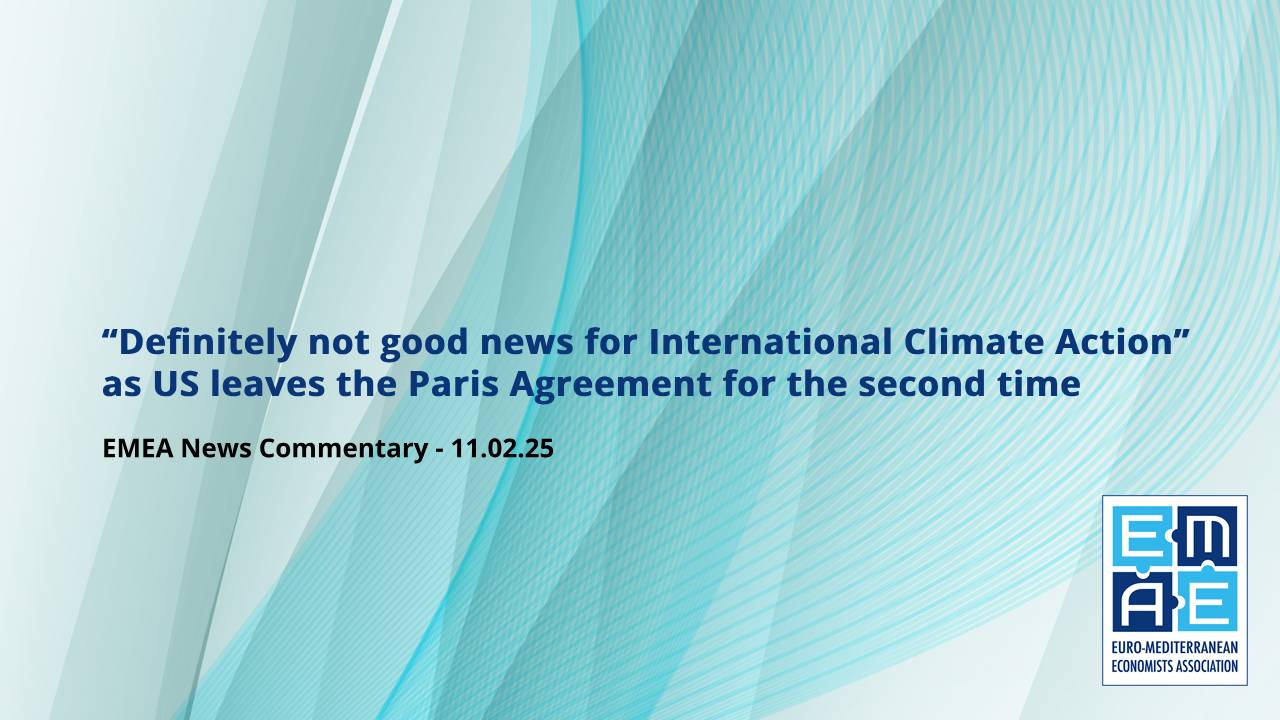Amongst a flurry of executive orders signed in the immediate aftermath of Donald Trump’s second inauguration as US President was one taking the United States out of the Paris Climate Treaty – for the second time.
It’s a move that’s received enthusiastic backing from many Republican voters, but the decision has been widely condemned by environmental groups, according to a report in the New Scientist.
Opponents argue that the removal of the world’s second-largest emitters of greenhouse gases from the landmark 2015 Agreement will disrupt efforts to tackle climate change and provide China with increased influence over future global negotiations.
“This is definitely not good news for international climate action,” said Li Shuo at the Asia Society Policy Institute in Washington DC, in response to the order, which forms part of Trump’s “America first” policy stance.
Li warned that climate momentum had already started faltering globally – even before the US split away from the Agreement. Now, countries would have further encouragement to rein back on their own climate commitments.
And David Waskow from the World Resources Institute, a global environmental nonprofit organisation, warned that the US would be sidelined from any future negotiations. “This is a matter of the US and the Trump administration shooting themselves in the foot,” he said.
The New Scientist noted that President Trump had initially withdrawn the US from the Paris Agreement in 2017, although this wasn’t ratified until 2020, due to the United Nations treaty rules. Within months of that date, however, the US was taken back into the Treaty by the incoming Biden administration.
This time around, the US withdrawal would take a year to become official, the publication reported, isolating the US as “the only major economy not party to the agreement”, joining Libya, Yemen and Iran as the other non-signatory countries.
Countries producing 90% of global emissions still committed to Agreement
Nevertheless, Waskow reckoned that the latest US stance wouldn’t be calamitous for global climate action. He said that countries responsible for more than 90% of global emissions still advocated the Agreement, which was committed to limiting global warming to well below 2°C above the pre-industrial average.
Furthermore, clean technologies including wind, solar, electric vehicles and batteries, now played a more prominent role in energy usage than they had done when the US first quit the talks.
Manish Bapna at the Natural Resources Defence Council, a US environmental advocacy group, said that there was doubt over what role the US would play in shaping future policy. The transition to clean energy would continue without them but at a slower pace. Despite this, “the rest of the world is shifting to clean energy,” he declared.
Meanwhile, the publication highlighted that the Chinese now dominated every major clean energy industry and that its technology was being increasingly exported across the world. As a result, the US would completely lose its influence over these markets. “I don’t think other countries will think of the US first when thinking about who to engage with,” Waskow added.
The New Scientist also reported that the latest flurry of executive orders from Trump had included a temporary ban on federal permits for wind energy, a retreat from Biden policies on encouraging EV uptakes, the expansion of fossil fuel development on federal lands, in coastal waters and in Alaska, as well as increasing exports of natural gas.
Paris Agreement: The US is leaving the global climate pact – what happens next? | New Scientist





